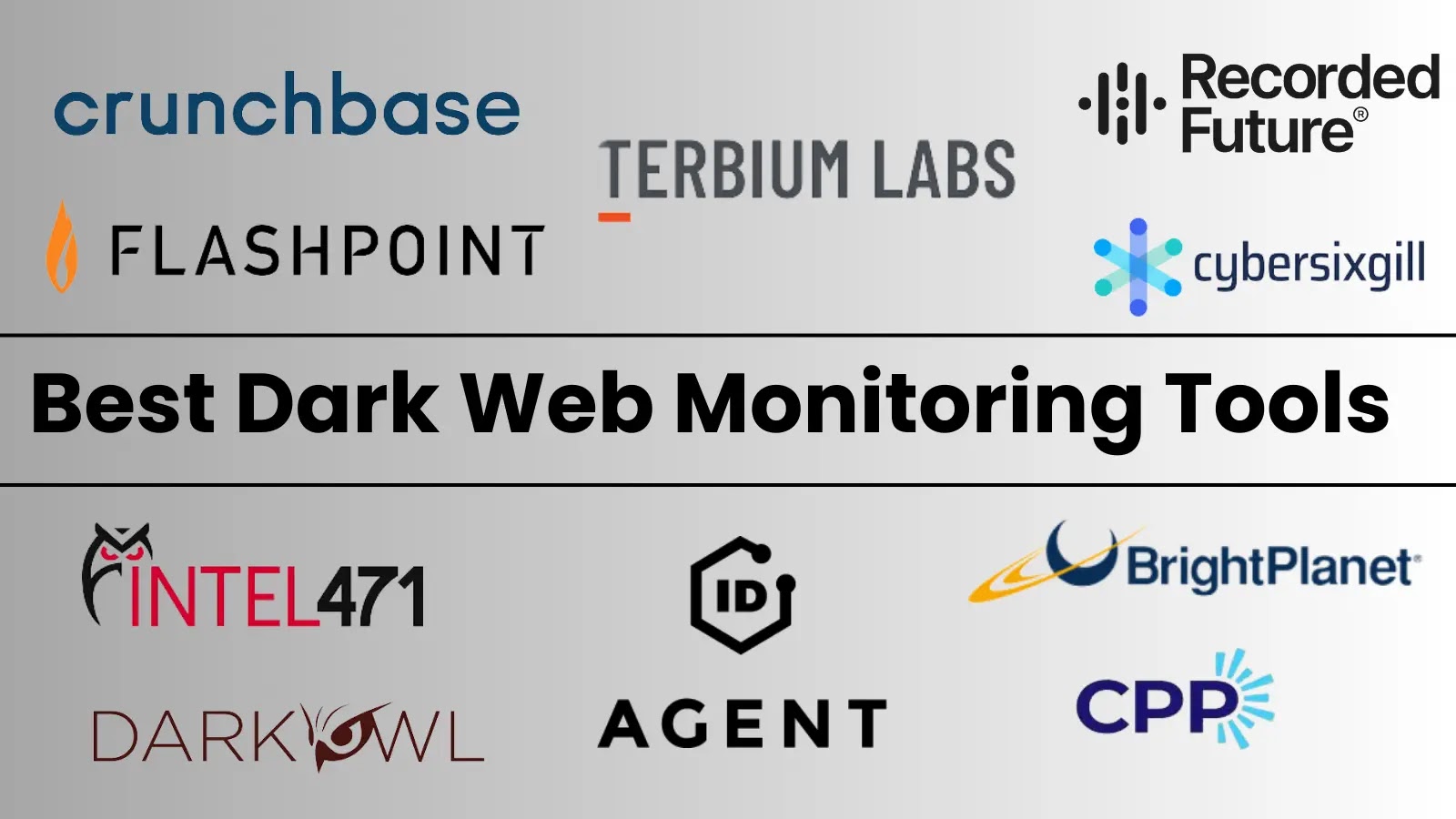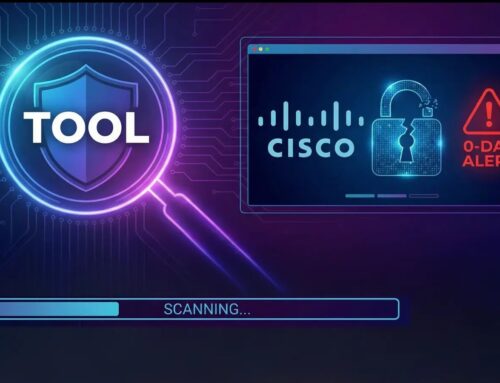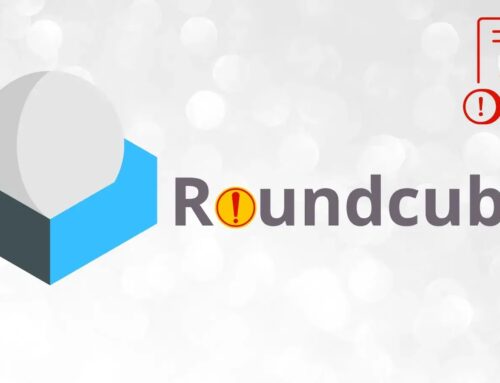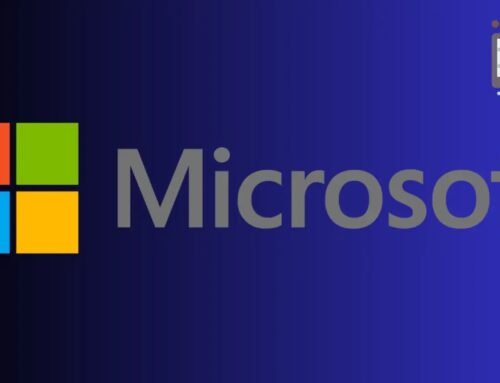
10 Best Dark Web Monitoring Tools in 2025
The digital underworld is a bustling marketplace, where stolen credentials, intellectual property, and illicit services are traded with alarming frequency. For organizations and individuals alike, the dark web represents a significant, often unseen, threat vector. Monitoring this hidden segment of the internet is no longer a luxury; it’s a critical component of any robust cybersecurity strategy.
Understanding what occurs on the dark web – from compromised data appearing for sale to chatter among threat actors planning attacks – provides invaluable intelligence for proactive defense. This article explores the imperative of dark web monitoring and profiles ten leading tools poised to define the landscape in 2025.
What is Dark Web Monitoring?
Dark web monitoring involves systematically tracking and analyzing activities on the dark web. This includes forums, marketplaces, and chat groups inaccessible through standard web browsers, typically requiring specialized software like Tor. The primary goal is to identify and alert on the exposure of sensitive information, brand mentions, or specific threats that could impact an organization or its stakeholders.
The dark web’s anonymous nature makes it a haven for illegal activities, including the trafficking of stolen financial data, personally identifiable information (PII), intellectual property, and even zero-day exploits. Successful monitoring helps mitigate risks associated with data breaches, credential stuffing attacks, and reputational damage.
Why is Dark Web Monitoring Critical for Cybersecurity?
The value of dark web monitoring stems from its ability to provide early warning. By detecting compromised data or emerging threats before they materialize into full-blown incidents, organizations can take immediate remediation actions. This proactive stance significantly reduces potential financial losses, operational disruption, and damage to customer trust.
Consider the potential impact of leaked credentials. If an employee’s corporate login details appear on a dark web marketplace, it creates a direct pathway for attackers to infiltrate internal systems. Early detection via dark web monitoring allows for immediate password resets and multifactor authentication enforcement, preventing unauthorized access.
Key Features of Effective Dark Web Monitoring Tools
When evaluating dark web monitoring solutions, several key features distinguish effective tools:
- Automated Scanning: Continuous, automated scanning of dark web forums, marketplaces, and pastes for specific keywords, domains, and data types significantly reduces manual effort.
- Alerting and Notifications: Timely and actionable alerts, often delivered via email, SMS, or integration with security information and event management (SIEM) systems, are crucial for rapid response.
- Data Breach Intelligence: Comprehensive reporting on identified breaches, including the type of data exposed and the potential impact.
- Threat Actor Analysis: Insights into the tactics, techniques, and procedures (TTPs) of threat actors operating on the dark web, providing valuable threat intelligence.
- Vulnerability Disclosure Monitoring: Tracking discussions around zero-day vulnerabilities or exploits that could impact an organization’s software or systems.
- Brand Protection: Monitoring for unauthorized use of trademarks, logos, or brand impersonation that could lead to phishing scams or reputational harm.
- Integrations: Compatibility with existing security infrastructure, such as identity and access management (IAM) systems or security orchestration, automation, and response (SOAR) platforms.
10 Best Dark Web Monitoring Tools in 2025
The market for dark web monitoring solutions is evolving rapidly. Here are ten prominent tools expected to lead in 2025, offering diverse functionalities for various organizational needs:
- ZeroFox: Known for its comprehensive external cybersecurity platform, ZeroFox offers robust dark web and deep web monitoring, brand protection, and threat intelligence.
- Digital Shadows SearchLight: Provides extensive coverage of the dark web, alongside other illicit sources, to detect compromised data, brand abuse, and tailored threat intelligence.
- Flare: Focuses on automated data exposure detection across the dark web, illicit communities, and file-sharing sites, offering rapid alerting for compromised credentials and data.
- Intel 471: Delivers highly curated and actionable threat intelligence, including deep insights into dark web communities and cybercriminal activities.
- Recorded Future: A powerhouse in threat intelligence, Recorded Future leverages machine learning to gather and analyze vast amounts of data from the dark web and other sources, providing real-time insights.
- Group-IB: Specializes in high-fidelity threat intelligence, including detailed analysis of dark web marketplaces, cybercrime trends, and specific threat actor groups.
- Constella (formerly Farsight Security/DomainTools): Offers extensive intelligence on compromised credentials and breaches, leveraging a massive dataset of observed dark web activity.
- Risk Based Security (Flashpoint): Provides deep dive intelligence into underground forums, breach data, and exploits, helping organizations understand their exposure to dark web threats.
- Cybersixgill: Delivers real-time threat intelligence from the deep and dark web, focusing on advanced persistent threats (APTs), zero-day exploits, and emerging attack vectors.
- CrowdStrike Intelligence: While primarily known for endpoint protection, CrowdStrike’s intelligence offerings include sophisticated dark web monitoring and adversary tracking services.
Remediation Actions Following Dark Web Alerts
Receiving an alert from a dark web monitoring tool is only the first step. Prompt and effective remediation is crucial to mitigate potential damage. Here are key remediation actions:
- Password Reset: Immediately force a password reset for any compromised user accounts. Implement strong password policies and multifactor authentication (MFA) across the organization.
- Credential Revocation: Revoke API keys, access tokens, or other credentials if they are found exposed.
- System Scan: Conduct thorough scans of affected systems or networks for signs of intrusion or malware. This is particularly relevant if the exposed data included sensitive system configurations or vulnerabilities.
- Incident Response Protocol: Activate the organization’s incident response plan. This typically involves isolating affected systems, conducting forensic analysis, and communicating with relevant stakeholders.
- Brand Protection Measures: If brand impersonation or fraudulent schemes are detected, initiate takedown requests for malicious websites or social media accounts.
- Vulnerability Patching: If discussions about specific software vulnerabilities (e.g., CVE-2023-34362 for MOVEit Transfer) are observed on the dark web, prioritize patching or implementing mitigating controls.
- User Education: Reinforce security awareness training for employees, emphasizing the risks of phishing, credential reuse, and the importance of reporting suspicious activity.
- Legal and Regulatory Compliance: Assess potential data breach notification requirements based on the type of data exposed and applicable regulations (e.g., GDPR, CCPA).
Conclusion
The dark web remains a fertile ground for cybercriminals, where enterprise data and individual privacy are constantly at risk. Proactive dark web monitoring has transitioned from an advanced security capability to a foundational element of a mature cybersecurity posture. By leveraging the advanced tools mentioned, organizations can gain critical visibility into their external threat landscape, preempt attacks, and significantly strengthen their resilience against evolving cyber threats.





